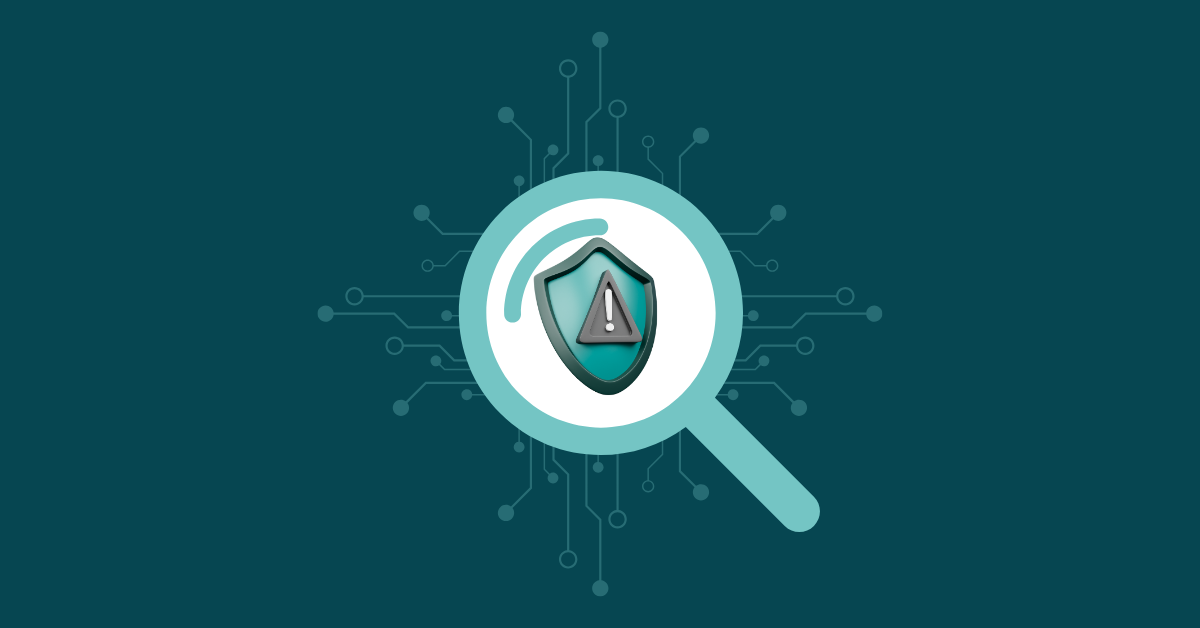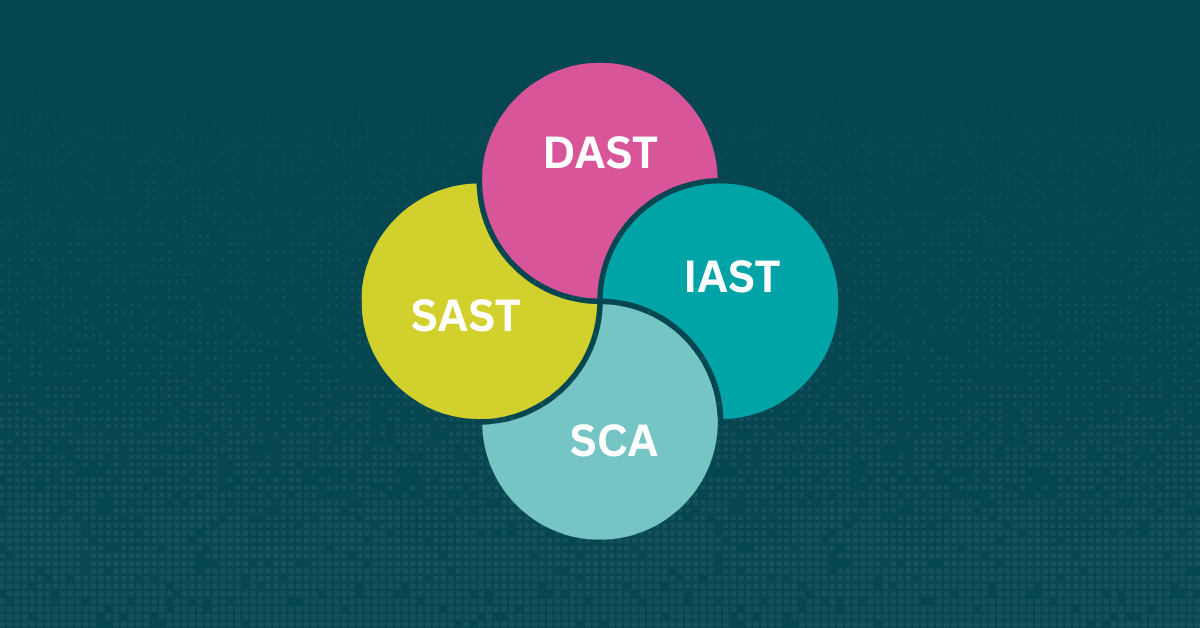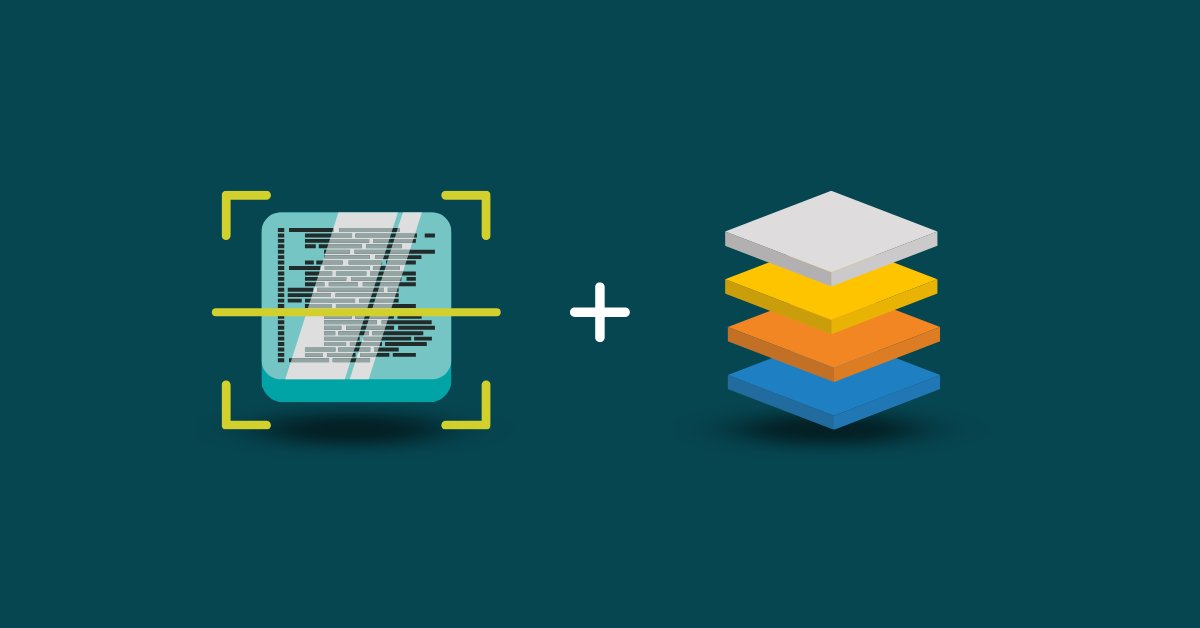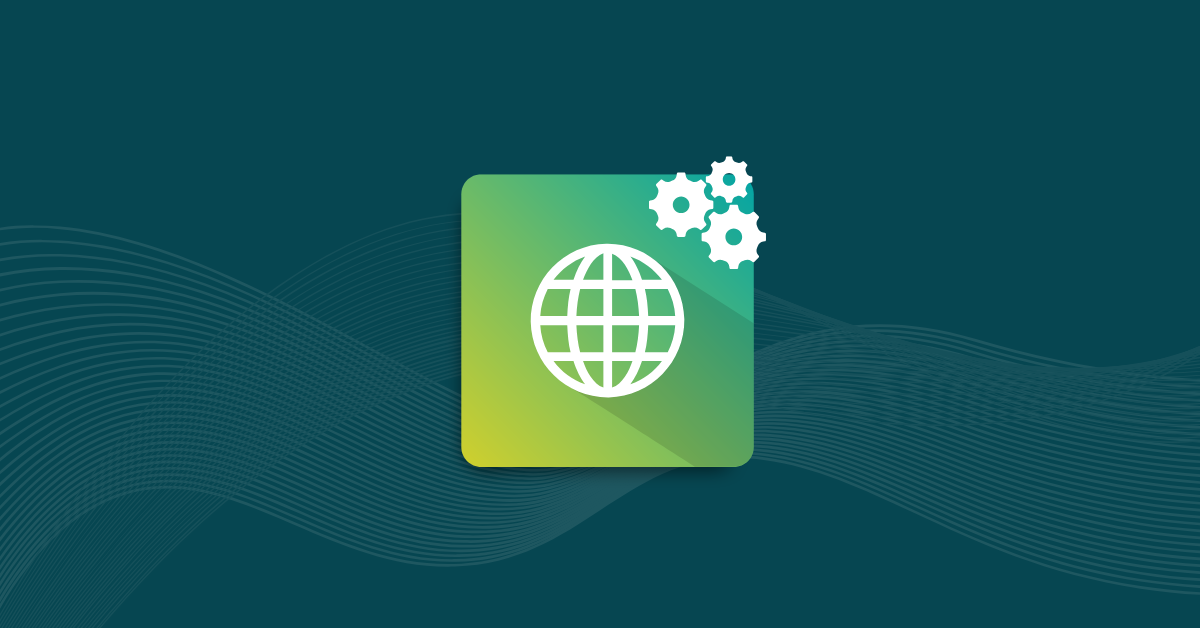

Choosing the right application security tools is essential for identifying vulnerabilities early and securing software throughout the software development lifecycle (SDLC). This guide compares top application security testing (AST) tools, including SAST (static application security testing), DAST (dynamic application security testing), IAST (interactive application security testing), and SCA, to help DevSecOps teams build more secure, resilient, and compliant applications.
As cybersecurity threats become more complex, adding security at the end of development is no longer an effective measure. Advanced frameworks, such as NIST, call for including security testing from the design phase.
SAST tools let you begin testing your code as soon as you write it. You can incorporate them directly into your integrated development environment (IDE). These tools analyze every line of code for common weaknesses and vulnerabilities, helping to root out issues early in the process when they can be mitigated quickly and cost-effectively. You don’t need to compile or run code to perform SAST, and it allows you to catch errors before they’re committed to the codebase and passed along to the application’s release. As SAST tools work directly on the source code, they’re language-specific, so you need a solution that works with your programming languages.
Another significant advantage of using a SAST tool is that it enables developers to create better code. You can customize a SAST solution to enforce both coding standards and security measures. Build security directly into your codebase with Kiuwan’s SAST solution. Start your free trial today. It integrates directly into your CI/CD development pipeline for automated, real-time scanning, promoting a DevSecOps model.
Although it’s essential to test your code base during development, you also need to test it at runtime. DAST tools simulate an attack on an application while it is running. Because the tools have no visibility into the source code, this type of testing is akin to black box testing, which determines how an application will respond to external attacks. This type of testing can catch security vulnerabilities that are only apparent when code is compiled and run.
The shift toward microservices and serverless functions has fragmented the development process, making it more difficult for any one team to have a comprehensive overview of the entire codebase. DAST tools enable you to identify any security flaws or vulnerabilities that may have slipped through an individual branch or aren’t visible in a static state.
Dynamic testing isn’t as language-specific as static testing, but it also lacks the effectiveness of a standalone testing option. It needs to be combined with other testing tools to avoid overlooking potential vulnerabilities.
IAST combines elements of both DAST and SAST, but it also differs from each of them. Like SAST, IAST works inside the application, and like DAST, it analyzes the code at runtime. However, IAST tools don’t analyze the entire codebase. They only analyze the functions that are running during testing.
IAST tools can be an effective part of reusing test code, avoiding the need to recreate scripts for security testing. They also simplify API testing, making them a suitable option for teams that use microservices.
You’ll also get a greater level of detail and more actionable results from IAST than from DAST, as it has access to the inner workings of the code.
Almost all modern applications contain components of open-source code. Open-source elements simplify and speed up the development process, letting you deliver products to market faster. However, open-source software also opens your applications up to significant security risks.
Cybersecurity frameworks increasingly require a software bill of materials (SBOM) as a bulwark against unknown vulnerabilities. A SBOM gives you visibility into all of your libraries and dependencies so you aren’t in danger of leaving unpatched vulnerabilities open to exploit.
An SCA tool scans your code base to identify open-source vulnerabilities and can automatically remediate them. It also identifies licensing regulations so you can avoid accidentally violating them or compromising your intellectual property by using the wrong type of software license.
Relying on a single testing method leaves blind spots in your security posture. Each type of tool—SAST, DAST, IAST, and SCA—shines in different areas, and only by combining them through multiple testing methods can you ensure comprehensive coverage.
For instance, static testing might catch hardcoded secrets or injection flaws in source code, but it won’t see misconfigurations in production. Conversely, dynamic testing can reveal exposed endpoints and insecure redirects, but won’t help enforce clean, secure coding practices during development.
IAST bridges the gap by providing runtime visibility with code-level context, while SCA ensures that third-party components don’t become the Achilles’ heel of your application.
Together, these tools form a cohesive defense strategy that:
Kiuwan supports this approach by offering an integrated suite of tools designed to work in unison, including automated scanning, enhancing both visibility and control across the SDLC.
Modern development demands speed, but not at the cost of security. A layered application security testing strategy aligns seamlessly with DevSecOps by embedding security at every stage of the SDLC without slowing down the pipeline.
Here’s how combining SAST, DAST, IAST, and SCA tools enhances your DevSecOps workflow:
A mature DevSecOps practice isn’t just about tooling—it’s about orchestration. With Kiuwan, each layer works in harmony to reduce risk, boost resilience, and keep delivery on schedule.
You’ll achieve better results by combining tools than by using only one for automated testing.
All major cybersecurity standards, including OWASP, NIST, and PCI-DSS, require automated security testing as part of their guidelines and practices. The 2024 OWASP Top 10 includes multiple security vulnerabilities that SAST and SCA tools can identify and remediate.
SAST tools can help you discover:
SCA tools can help you find vulnerable and outdated components as well as software and data integrity failures.
Each application security tool, including SAST testing tools, plays a specific role in your SDLC, and understanding when and how to use them is critical to maximizing their effectiveness.
Matching the tool to the appropriate stage of development allows you to create a defense-in-depth strategy that not only reduces risk but also streamlines your security workflows.
Each type of application security testing tool has its strengths in identifying specific categories of vulnerabilities. Using a layered approach ensures broader protection through vulnerability scanning and minimizes risk across the software development lifecycle.
| Tool | Examples of Vulnerabilities Detected |
| SAST | SQL injection, insecure cryptographic algorithms, hardcoded credentials, buffer overflows, improper input validation |
| DAST | Cross-site scripting (XSS), authentication bypass, session hijacking, insecure redirects, exposed error messages |
| IAST | Logic flaws, insecure API calls, improper exception handling, and configuration errors during execution |
| SCA | Vulnerable dependencies, known CVEs (Common Vulnerabilities and Exposures), outdated libraries, license conflicts |
SAST and IAST are particularly effective at uncovering issues within the code itself, while DAST identifies runtime vulnerabilities that only surface once the application is live. SCA adds another layer by scanning third-party components, essential in today’s open-source-heavy environments.
By combining these tools, teams can proactively address vulnerabilities at every stage, including simulating attacks, and prevent issues before they impact users or compliance.
To get the most comprehensive and effective coverage, you’ll need to take a layered approach to application security testing by using multiple tools, including SAST and SCA. Kiuwan’s end-to-end application security platform can help you shift left and address security issues earlier in the SDLC, when the cost of remediating vulnerabilities is lower.
Start with Kiuwan’s SAST as a first line of defense in your DevSecOps practice. You can integrate it directly into your IDE and use it to enforce strong coding practices from the earliest iterations. Regularly scan your codebase with Kiuwan’s SCA to identify any open-source elements and protect against licensing violations.
Request your free demo and explore powerful ways to strengthen your DevSecOps team with the right application security tools
SAST analyzes source code early in development without running it, ideal for catching coding flaws before they’re committed. DAST tests running applications to simulate external attacks and detect runtime issues. IAST combines elements of both while running in real-time, and SCA scans open-source components for known vulnerabilities and licensing issues.
No single tool can catch every type of vulnerability across all development stages. Layering tools like SAST, DAST, IAST, and SCA through various testing methods ensures broader coverage and reduces the chance of missing hidden flaws. This approach aligns well with DevSecOps practices that integrate security from design through deployment.
Kiuwan’s SAST tool integrates directly into IDEs and CI/CD pipelines, allowing developers to detect vulnerabilities as they write code. It supports automated real-time scanning and enforces coding standards. This helps teams build secure applications faster while promoting a shift-left strategy.
SAST catches issues like SQL injection, hardcoded credentials, and buffer overflows. DAST detects cross-site scripting, authentication bypass, and session hijacking. IAST identifies logic flaws and insecure API calls, while SCA flags outdated libraries, CVEs, and licensing conflicts.
Using a combination of AST tools supports requirements from standards like OWASP, NIST, and PCI-DSS. Automated coverage across multiple attack surfaces reduces manual testing overhead and increases accuracy. It also builds confidence in security posture and compliance readiness.
Application security tools such as SAST, DAST, IAST, and SCA help identify security vulnerabilities at different stages of the software development lifecycle. SAST scans source code early to catch issues before deployment, while DAST simulates real-world attacks on running applications. IAST combines both approaches to deliver detailed, real-time insights, and SCA monitors third-party components for known risks. Using a layered toolset ensures broader vulnerability detection and faster remediation.
A SAST (static application security testing) tool analyzes source code early in development to identify security vulnerabilities before the code is run. In contrast, a DAST (dynamic application security testing) tool tests a live application during runtime, simulating external attacks to uncover vulnerabilities that aren’t visible in the code itself. Using both tools together provides comprehensive coverage across the SDLC, supporting a strong DevSecOps strategy.
Web application security is critical because modern applications are constantly exposed to internet-based threats. Vulnerabilities like SQL injection, cross-site scripting (XSS), and insecure authentication can be exploited if not addressed early. Implementing tools like SAST, DAST, IAST, and SCA helps ensure comprehensive web application security by detecting and remediating risks across the development and deployment lifecycle.


